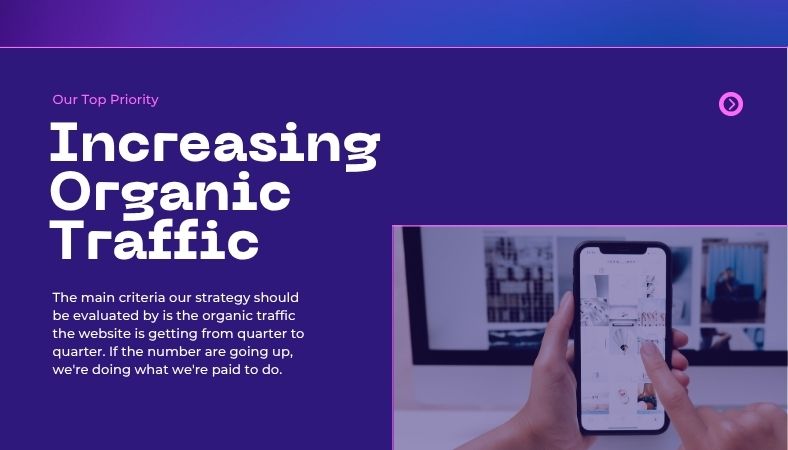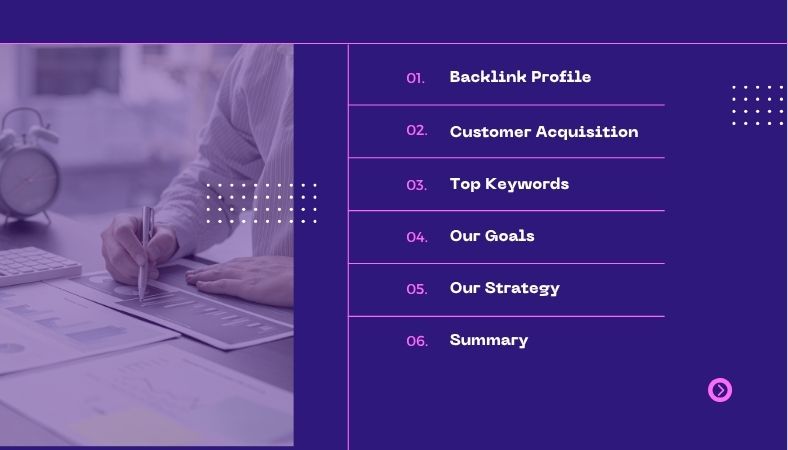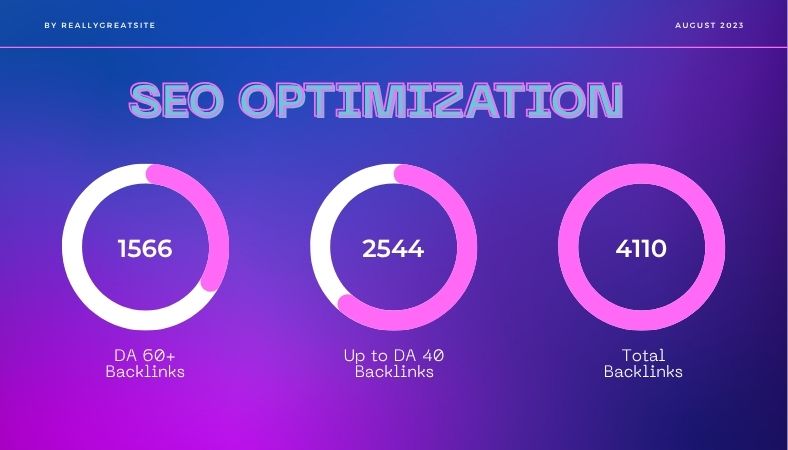Introduction to Meta tags guide
In the dynamic universe of online marketing, it is always very essential that one makes sure that his or her website comes under the top sections of search engines so that to be successful. Meta tags are one of the best utility tools that help you boost your SEO strategy, but few people focus on them.
Meta tags are HTML codes which give metadata of a webpage, like names, descriptions and keywords. Search engines and web browsers use them to obtain crucial facts about the webpage yet they are not displayed on the webpage.
In this Meta Tags Guide we are going to explore the world of meta tags and the meaning of meta tags, their effect on the SEO and how to optimize them to achieve a better visibility in the search engines. No matter whether you are a professional web developer or just have a few lines of code under your coat, this guide will have a perfect answer to what you need to know in order to utilize your meta tags to the full.
1. What Are Meta Tags?
Meta tags are few lines of text using which the content of the page is described and cannot be seen on the page. These are put in the head part of an HTML file. Although these tags cannot be seen at the page, they provide quite a useful information to the search engines and web browsers regarding your site content.
The main facts on meta tags:
- Meta Title: It identifies the title of the webpage, used in search results and browsers tabs.
- Meta Description: Intended to describe a page briefly with a few statements, describing its content which are commonly placed on search engine results as a subtitle.
- Meta Keywords: This tag is outdated but some search engines still take it into account, when indexing.
- Meta Robots: Collects search engines how to index the page or continence links of the page.
Why Meta Tags Matter
Meta tags also play a significant role in SEO since they make the search engines know what a webpage is all about and thus affect the ranking. Although these are not the only factors in SEO, they are necessitated in ensuring that a site with better visibility in the results pages of search engines (SERPs).
2. Importance of the Meta Title Tag
Meta title is among the most critical meta tags as far as SEO is concerned. It does not only assist search engines in deciding how relevant the page is to the given search query but is also the clickable headline in search announcements.
Best Practices for Writing a Meta Title:
Length: I would strive to have a title with 50-60 characters because it will appear fully when a person performs the search.
Keywords: put your target keyword near the top.
Branding: In case you can, add your brand name to create brand recognition.
Example:
The meta title of a page that talks about smartphone reviews can be: List of the 10 Best smartphones in 2025 – expert opinion & comparative analysis of models
3. Optimizing the Meta Description Tag
The meta description sums up the content of the page given in brief words. It is not a direct factor in search ranking, but it is an important means to persuade the users to press your link when they find it in the search results.
Meta Description Best Practices:
Length: Go with 150-160 characters as length so that it is visible enough.
Call to Action: infer call to action, e.g. Learn more, Find out, Shop now.
Unique: Meta description of each of your web pages must never be identical so as to avoid duplicate content problem.
Example:
In the case of an e-commerce page of a store selling electronics: Look around the offers of the highest ranking smartphones, laptops, and accessories. Get your hands on your favorite tech goods at fabulous rates now!”

4. Meta Keywords Tag: Still Relevant?
In the past, search engines indexed a page using meta keywords tag where a page was indexed according to a list of pertinent keywords. Nevertheless, whether in the form of text or meta-tag, this tag is no longer relied upon as a ranking factor by most modern search engines, among them Google, because of its misuse (keyword stuffing).
Are Meta Keywords Still Useful?
On the one hand, it does not have a direct impact on SEO nowadays, but on the other hand, it can help remind those who work with content in the first place to pay attention to relevant words.
It is valuable to certain small search engines, or even in house search functionality on your web page.
5. Meta Robots Tag: Controlling Indexing and Crawling
The meta- robot, tag enables the webmasters to have control of indexing of pages and following pages links by search engines. Such a tag can be critical in duplication of content or in excluding some pages to be listed in the searches.
Common Meta Robots Directives:
noindex: The page that has this attribute will not be indexed.
nofollow: Eliminates followership of links by search engine in the page.
noarchive: Disables the search engines to display a page in a form of the cache.
index, follow: Indexing and following the links on the page are set as a default.
Example:
If you have a thank-you page after a purchase, you might use:
<meta name="robots" content="noindex, nofollow">
6. Social Media Meta Tags (Open Graph and Twitter Cards)
Meta tags work with search engines, but also with social networks: they determine the display of your content there. You can specify exactly how your social media content is displayed, with tags known as Open Graph tags (used by Facebook and LinkedIn) and Twitter Cards (used by Twitter).
Open Graph Tags:
og:title: Facebook name of your social media page.
og:description: The description that is shown together with the link.
og:image: The picture that will be used in sharing the link.
Twitter Card Tags:
twitter:title: Page title: Twitter.
twitter:description: The description of a Twitter post.
twitter:image: An image to be shown in the tweet.
Such tags will help you to receive good-looking sharing of your content and increase the click-through rates.
7. The Role of Meta Tags in Mobile Optimization
Due to the increase in the role of mobile-first indexing, it is necessary to optimize meta tags on mobile devices. Google also prioritizes mobile friendly websites and another important strategy towards ranking well with the search engine is making sure that your meta tags appear and are well presented when one uses mobile device.
Key Mobile Optimization Considerations:
Responsive Meta Tags: Use the
<meta name="viewport">tag to ensure your website is responsive and adjusts to different screen sizes.Speed and Usability: The meta tags associated with the speeds of pages such as image optimization tags and content arrangement tags can have effects on mobile SEO.
8. Using Schema Markup with Meta Tags for Rich Snippets
Schema markup is another kind of structured data which can be included in your meta tags- this will guide the search engines to know more about the content on your page. When used properly, it may result in rich snippets in the search results that may arouse the click-through rates.
Types of Schema Markup:
Product Schema: For e-commerce pages.
Article Schema: For blog posts and news articles.
Event Schema: For event-based content.
Example:
In the case of a product page, structured data that specify the price and availability of the product, as well as the product review can end up in the form of rich snippets:
<script type=”application/ld+json”>
{
“@context”: “https://schema.org”,
“@type”: “Product”,
“name”: “Smartphone XYZ”,
“offers”: {
“@type”: “Offer”,
“priceCurrency”: “USD”,
“price”: “499.99”
}
}
</script>
9. Common Meta Tag Mistakes to Avoid
Even the skilled web designers would commit errors upon establishing meta tags. These are the pitfalls that one should not fall into:
Mistakes to Avoid:
Duplicate meta descriptions: Meta descriptions should be unique and each page should have a different meta description so as to prevent cannibalization of content.
Keywords meta tags: Do not use excessive keywords in the meta title or description so as to damage the SEO.
Absence of meta tags: Each of the websites ought to consist of at least both meta title and description.
Failure to test meta tags: The aspect of testing the meta tags regularly by seeing how they are displayed at the search engines is another important idea that one needs to consider.

10. How to Test and Implement Meta Tags
Once you have developed and fine-tuned your meta tags you need to test these to make sure that they are functioning properly. Here’s how:
Tools for Testing Meta Tags:
Google Search Console: The fastest way of inspecting a URL when it comes to meta tags is by using the URL inspection tool.
Meta Tag Analyzers: Such tools as Meta Tag Analyzer may assist in finding out whether your meta tags are properly structured.
Social Media Debuggers: Facebook has a Sharing Debugger, and Twitter has a Card Validator to be sure your programmed social media tags are working properly.
FAQs about Meta tags guide
What is the meta title and why it is relevant in terms of the SEO?
Meta title refers to an HTML tag which gives the title of WebPage. It shows up in the search engine and in the browsers. It is the requisite of SEO because it assists the search engine to discern the page content and determines the implications of click-through.
Is the meta keywords still useful in SEO?
The importance of meta keyword to the ranking of web sites by major search engine has ceased to exist; not only with Google but also with all others. Nevertheless they may still come in handy when searching internal search engines or limited search engines.
Will meta descriptions help my positioning in the search engines?
Though meta descriptions cannot directly affect ranking, a good description can increase your click-through rate (CTR) when a search result is displayed, and this benefit might indirectly make SEO.
What are Open tags in the Open Graph system?
The Open Graph tags can regulate the publication of your activity on a social networking site such as Facebook. Well-optimized Open Graph tags can make your links more appealing and result in a better engagement and click-through rates.
Besides, what is schema markup and what is the relationship with meta tags?
Schema markup is data that enable search engines to make a better comprehension of the content of your page. The combination with meta tags may lead to rich snippets, which increase visibility and trigger a higher number of clicks.
Conclusion
A rather underestimated tool of the SEO world is meta tags. With the effective optimisation of meta title, meta description and other significant tags, you can optimise your ranking, visibility, and interactivity with the websites.
Also, you can even use schema markup and social media meta tags to augment your web presence. There is no question that unleashing the serviceability of your site through the search engines can increase the performance of your site. Fact is that even small details make a big difference in the realm of SEO so make the effort and see your meta tags properly.

